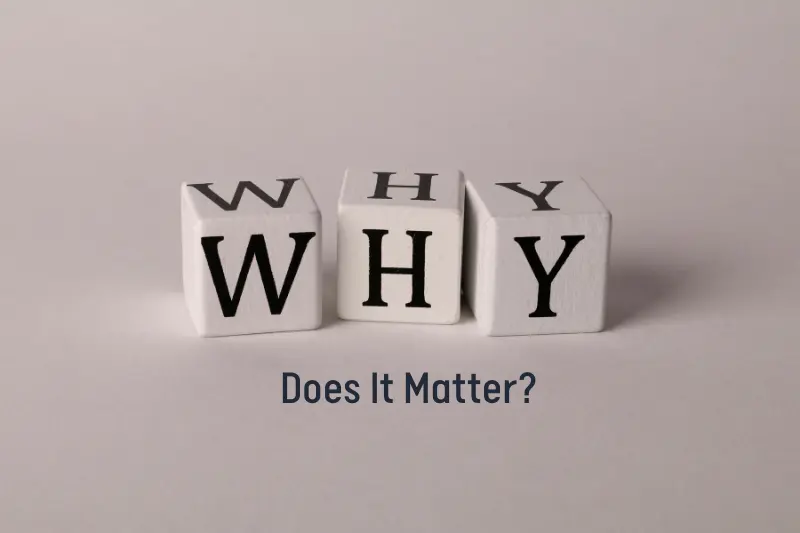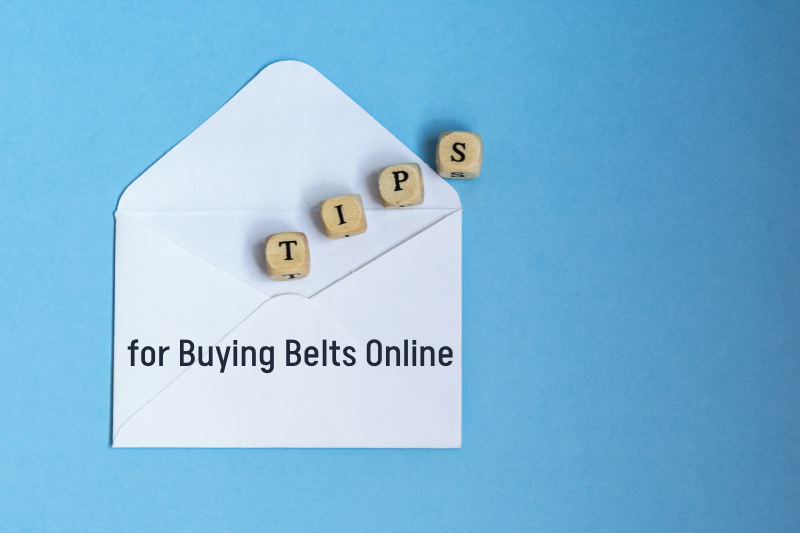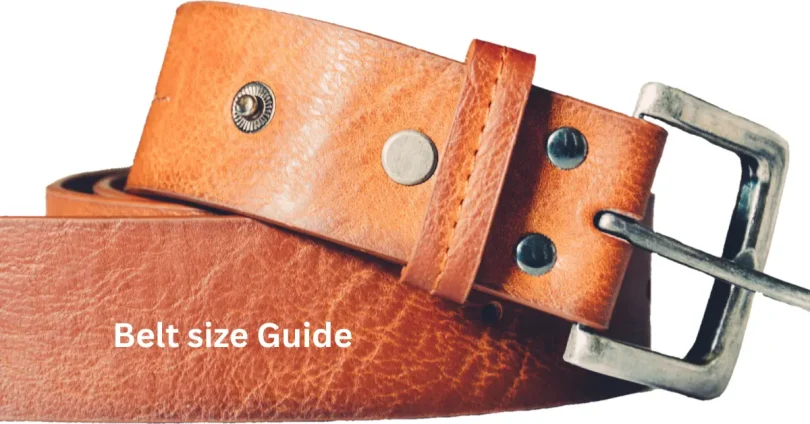Belt size guide is essential for anyone who wants to find a belt that fits perfectly and feels comfortable all day long. Choosing the right belt size can be tricky because sizes vary across brands and styles, and guessing wrong often leads to discomfort or a poor look. Whether you’re dressing up for a formal event or keeping it casual, knowing how to measure yourself correctly and understand sizing charts can save you from frustration and wasted money.
This guide will simplify the process, showing you how to measure your waist, interpret different size standards, and pick the ideal belt for your style and body shape. With this knowledge, shopping for belts—whether online or in stores—becomes easy and confident, allowing you to enhance your outfit and boost your confidence effortlessly. Say goodbye to ill-fitting belts and hello to style and comfort with this ultimate belt size guide.
Why Does It Matter?

Understanding Belt Sizes
Belt sizes can be confusing because they don’t always match up with your pant size or shirt size. Unlike clothes, belts have their own unique system that can change between manufacturers and countries. Typically, belt sizes are based on:
- Waist circumference: The most common measurement. The belt size often reflects your waist measurement, but not always exactly.
- Belt length: This is the distance from the buckle end to the middle hole. This length is what many brands use for sizing.
- Letter sizing: Small, Medium, Large, XL, and so on. These are more general and less precise, so they should be used carefully.
Because of these differences, understanding the sizing system is important to avoid buying belts that don’t fit.
Why Wearing the Right Belt Size Matters
It’s not just about comfort—though that’s a big part. Wearing the right belt size also:
- Enhances your look: A well-fitting belt creates a clean silhouette and elevates your style.
- Prevents discomfort: No pinching, tightness, or slipping.
- Keeps your pants in place: A good belt holds your pants securely without needing constant adjusting.
- Prolongs belt life: Overstretching a belt or forcing it can damage the material.
Getting the right size improves your confidence and the durability of your belt.
How to Measure Your Waist for the Perfect Belt Size
Step-by-Step Measurement Guide
Measuring your waist accurately is the first and most important step to choosing the perfect belt size. Here’s a simple way to do it at home:
- Grab a soft measuring tape: If you don’t have one, use a piece of string and then measure it against a ruler.
- Choose your measuring spot: Measure where you usually wear your pants. This might be your natural waist (just above your belly button) or lower on your hips for low-rise pants.
- Wrap the tape around your waist: Keep the tape snug but not too tight; it shouldn’t dig into your skin.
- Note your measurement: Write down the inches or centimeters. Most belts use inches, but some use centimeters.
- Add 2 inches to your measurement: This is a general rule to make sure the belt fits comfortably and reaches the middle hole.
Why Add 2 Inches?
Adding 2 inches ensures that your belt is not too tight and can be adjusted comfortably. Since belts are worn over clothing, you want a little extra length for ease.
Understanding Belt Size Charts and Standards
US vs. European Belt Sizes
Belt sizes differ depending on where you shop:
- US sizes: Usually measured in inches and based on waist size.
- European sizes: Measured in centimeters and often run larger than US sizes because they are measured differently.
Always check a size chart before buying to avoid confusion.
Common Belt Size Chart
| Waist (inches) | Belt Size (inches) | Belt Size (cm) | Letter Size |
|---|---|---|---|
| 28-30 | 30 | 76 | S |
| 31-33 | 32 | 81 | M |
| 34-36 | 34 | 86 | L |
| 37-39 | 36 | 91 | XL |
| 40-42 | 38 | 97 | XXL |
Note: This is a general chart; always check the brand’s specific sizing.
Different Types of Belts and How Their Sizes Vary
Casual vs. Formal Belts
- Casual belts are usually wider and made from softer, more flexible materials like canvas or thick leather. These belts might feel more forgiving in size.
- Formal belts tend to be thinner and made from stiff, polished leather, requiring more precise measurements for a sleek, polished look.
Elastic and Adjustable Belts
- These belts stretch or have adjustable clasps, which makes them more flexible in sizing.
- Great for people whose waist size fluctuates.
- Usually come with size ranges rather than fixed sizes.
Specialty Belts
- Western belts have larger buckles and sometimes longer lengths. Size accordingly.
- Tactical belts made for utility may have unique sizing and durability considerations.
- Fashion belts sometimes have decorative elements that affect length or fit.
Ready to stop wondering and start knowing? Let’s dive in.
Uncover Editor Benjamin Tech Guru Keezy.co Secrets
Unforgettable Tech Twists Innovations That Inspire
Unforgettable Tech Twists Innovations That Inspire
Top innovative regional carriers Disrupting the Industry
How to Try on a Belt for the Perfect Fit
The Ideal Belt Fit Test
When trying on a belt, keep these tips in mind:
- The buckle should fasten comfortably on the middle hole of the belt.
- You should be able to slide an index finger comfortably between your body and the belt.
- The belt tail should slide easily through belt loops with a small amount of excess.
- The belt should hold your pants snugly but not tightly.
If these criteria are met, your belt size is spot on.
Tips for Buying Belts Online

Avoiding Common Mistakes
Buying belts online is convenient but can lead to sizing mistakes. Here’s how to avoid them:
- Always check the brand’s size chart before buying.
- Look for belts with a generous return policy.
- Read customer reviews, especially about sizing.
- Measure a belt you already own that fits well, then use that length to compare.
- Remember the “add 2 inches” rule to your waist measurement.
Measuring Existing Belts
If you have a belt that fits well, measure it to find your perfect size:
- Lay the belt flat.
- Measure from the buckle end (where the buckle joins the belt) to the hole you use most often.
- Use this measurement as a reference when buying new belts.
How to Adjust a Belt for a Perfect Fit
DIY Adjustments
- Adding holes: Use a leather punch tool to add extra holes if the belt is slightly too long.
- Trimming belts: Some belts can be trimmed from the buckle side but check brand instructions.
- Using the belt holes wisely: Try all holes to find your most comfortable fit.
Caring for Your Belt to Maintain Fit and Appearance
Belt Maintenance Tips
- Store belts hanging up or rolled loosely to keep shape.
- Clean leather belts with a leather cleaner and conditioner to prevent cracking.
- Avoid exposure to excessive heat or moisture.
- Rotate belts regularly to prolong their lifespan.
Common Questions About Belt Sizing
Can I wear a belt bigger than my waist size?
Yes, but it’s best to avoid belts that are too long because they can look sloppy. The ideal fit uses the middle hole.
How many holes should a belt have?
Typically, belts have 5 holes spaced about 1 inch apart to allow adjustment.
What if I gain or lose weight?
Adjustable or elastic belts are best for fluctuating waist sizes. Otherwise, you may need to buy a new belt for best fit.
Latest Trends in Belt Styles and Sizes
- Wide belts are trending, making fit more critical because of their bulk.
- Thin minimalist belts are making a comeback, requiring precise sizing.
- Eco-friendly and vegan belts use new materials but fit similarly.
- Many brands now offer custom-sized belts for perfect fits.
Conclusion
Choosing the right belt size makes all the difference in comfort, style, and confidence. Understanding how to measure yourself properly, reading size charts carefully, and knowing how different types of belts fit will help you find your ideal belt every time. Whether you’re dressing casually or formally, this comprehensive belt size guide ensures you never worry about belt fit again. Step out confidently with a belt that feels tailor-made for you and complements your outfit perfectly.
FAQs
What is the best way to measure my waist for a belt?
The best way is to use a soft measuring tape around where you usually wear your pants, keeping it snug but not tight. Then add about two inches for a comfortable fit.
How do I know if my belt size is correct?
Your belt should fasten comfortably on the middle hole, with enough room to slide a finger between the belt and your body, and the tail should fit easily through the belt loops.
Can I use my pant size to buy a belt?
Pant size can be a starting point, but it’s not always accurate for belts. Measuring your waist specifically for a belt is more reliable.
What should I do if my belt is too long?
You can add extra holes with a leather punch or trim the belt if the design allows. Otherwise, it’s better to exchange it for a better-fitting size.
Are belt sizes the same worldwide?
No, belt sizes vary between regions. US sizes are usually in inches, European sizes in centimeters, and sizing standards differ between brands, so always check size charts.





